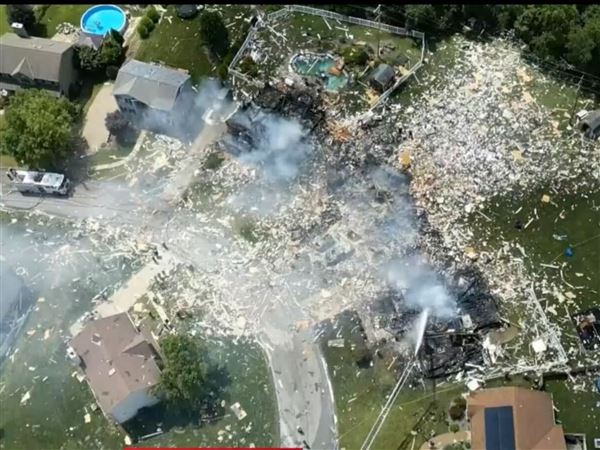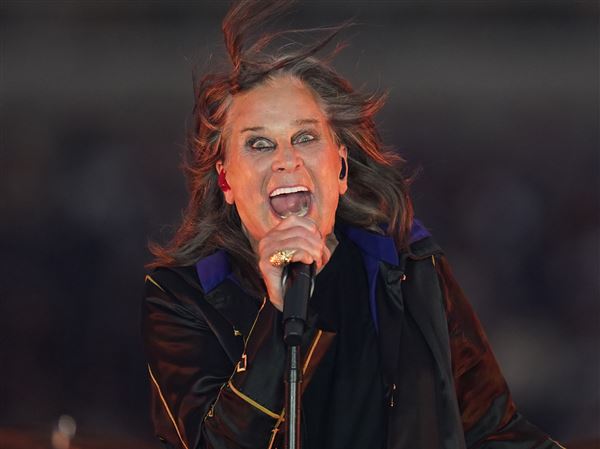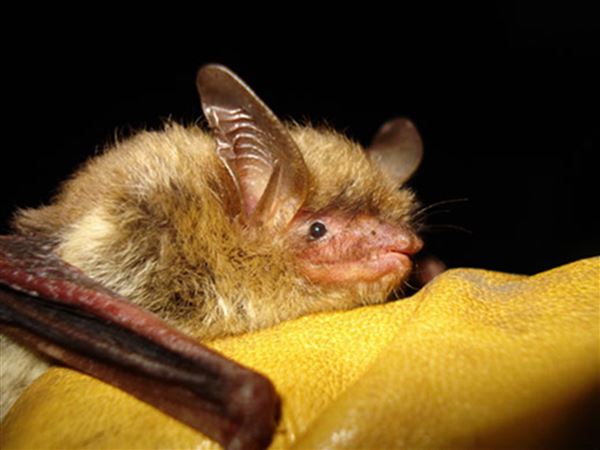ORLANDO, Fla. -- A bunch of Coyotes will be let loose in hurricanes this year with the goal of improving intensity forecasts.
The small drones were developed after Hurricane Sandy and will be tested for the first time this hurricane season. They'll be launched into the eyes of tropical systems to detect barometric pressure changes.
What they find should help the National Hurricane Center get a better handle on how strong a storm could become.
"It's an innovative way to measure the atmosphere," said Jason Dunion, a research meteorologist with the National Oceanic and Atmospheric Administration's Hurricane Research Division in Miami.
Weighing about seven pounds with a five-foot wingspan, the Coyotes will be dropped out of chutes in NOAA's WP-3 hurricane hunter aircraft while 10,000 to 12,000 feet above the ocean.
The drone's spring-loaded wings will lock into place and its small electric motor will spin up, allowing it to fly at speeds up to 70 mph. Then the little plane will do what no other aircraft can -- spend up to two hours spiraling around the core of a hurricane, allowing forecasters to receive detailed information about its inner workings.
"You're getting a longer snapshot of how pressure changes within the eye," Mr. Dunion said.
While being remote-controlled from the WP-3, the Coyote also will be flown into a hurricane's eye wall to find the strongest winds. That, too, should help the hurricane center improve intensity predictions, with which it has struggled for decades.
Additionally, forecasters hope the Coyote will help them better anticipate when a hurricane might rapidly intensify, which could be devastating if the system is near land.
Manufactured by Sensintel of Tucson, Ariz., the Coyotes cost about $70,000 apiece. Yet NOAA might deploy two or three of them into a single storm with no expectation of seeing them again.
Mr. Dunion said the benefits will be worth it. He said the small plane can fly right above the ocean surface in a storm's eye, which is far too dangerous for any reconnaissance aircraft with people aboard.
In the process, the Coyote will provide insight into how a tropical system feeds on water heat, something scientists are trying to better understand.
"The thermodynamics of the ocean near a storm's eye is not something we sample very often," Mr. Dunion said. "It's hard to sample."
To intercept storms that could hit the U.S. coastline, NOAA this summer plans to station its WP-3s and the Coyotes in St. Croix, in the U.S. Virgin Islands.
First Published: June 9, 2014, 3:26 a.m.















